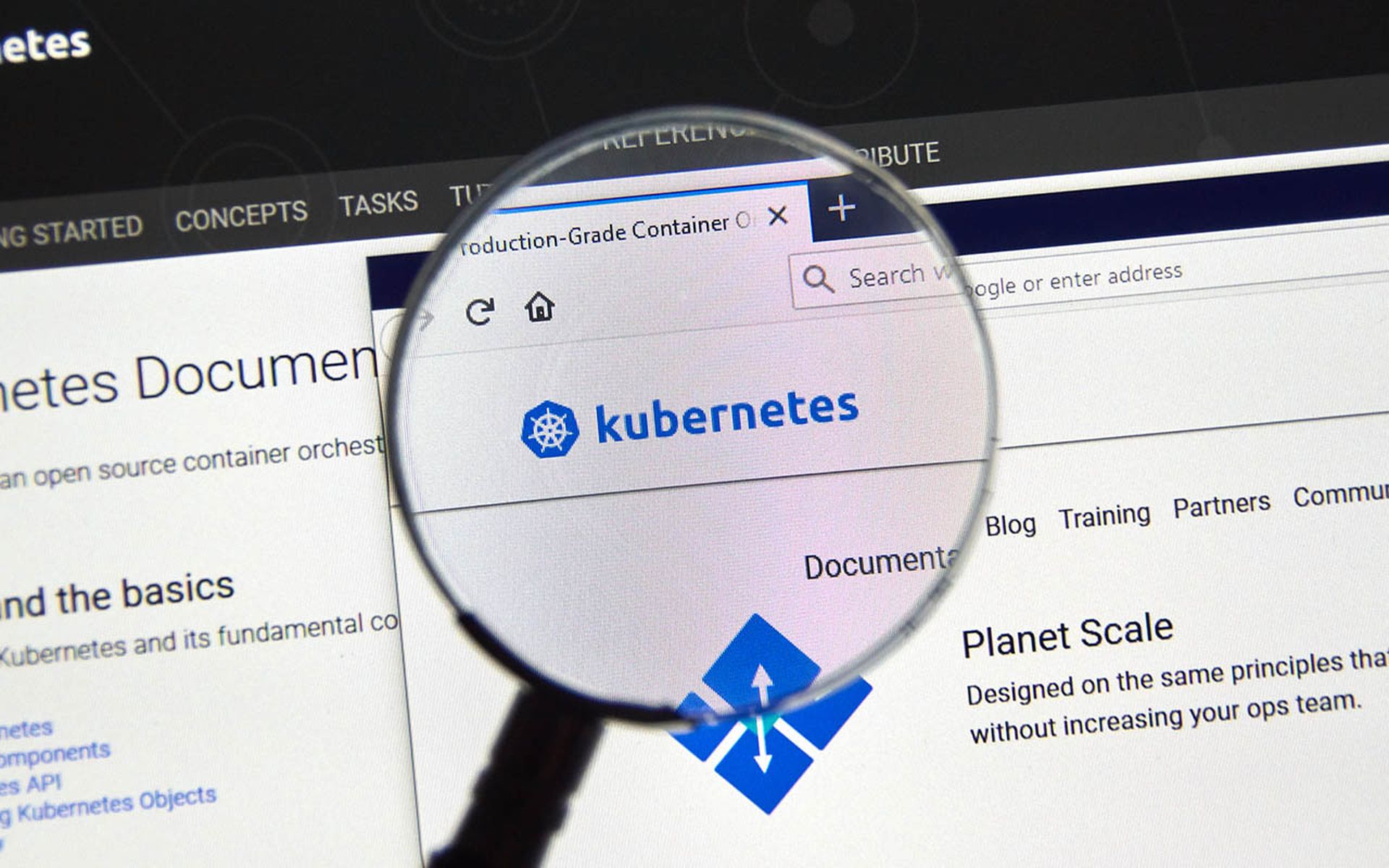Cloud computing and containers have profoundly disrupted traditional approaches to enterprise IT and security. Monolithic applications running on static servers have given way to modular microservices deployed on elastic infrastructure. This shift has delivered agility and scalability, but has also overturned legacy security models optimized for perimeter protection. Cloud-native architectures require a fundamentally different approach to network security.Traditional firewalls, which excel at fortifying on-prem data centers, are not effective for diverse and ephemeral cloud environments. Rules tightly coupled to physical network configurations fail to translate in dynamic cloud-native application deployments. At the same time, attackers have evolved. Cybercriminals aggressively target cloud infrastructure misconfigurations and container vulnerabilities. Legacy security tools are insufficient against these dangers.Container-based firewalls have become the critical “fourth” generation of network security. They move beyond static network models to focus where the risks are: at the workload level. Only container firewalls offer the visibility, flexibility, and scalability to secure cloud-native apps.1.0 Hardware-Based Firewalls: In the early days of network security, hardware-based firewalls were the norm. These firewalls acted as gatekeepers, positioned at network edges to safeguard perimeters. They were highly effective in static infrastructures and for waterfall development environments. 2.0 Virtual Firewalls: With the advent of cloud computing, vendors started encapsulating firewalls within virtual machines (VMs). While this approach offered more flexibility, it still fell short of meeting the unique requirements of cloud-native applications. 3.0 Cloud-Native Refactoring: In response to the shortcomings of virtualized firewalls, the third generation refactored the code of firewalls so they could be deployed as a series of microservices. This innovation yielded distributed, cloud-native firewalls that were better suited for securing static VMs. However, the dynamic and containerized nature of modern applications posed a new challenge. 4.0 Container Firewalls: The fourth and latest generation introduced container-based firewalls, purpose-built to address the demands of cloud-native deployments. Unlike their predecessors, these firewalls protect microservices within containers, offering responsive, real-time security that adapts seamlessly to containerized workloads. This transition represents a paradigm shift for enterprise security leaders navigating cloud transformation: container firewalls are mandatory. By embracing firewalls designed for the cloud era, organizations can innovate with confidence and agility.Access Controls: Container firewalls offer granular controls for managing ingress and egress traffic of containers based on attributes like identity, role, and environment. Unlike network firewalls that focus on IP addresses and ports, container access controls operate at the workload level to enable fine-grained policy enforcement. Micro-segmentation: Instead of coarse network segmentation using VLANs and subnets, micro-segmentation aligns permissions to specific containers, pods, hosts, and orchestrators like Kubernetes to regulate communication between workloads at a granular level. This prevents threats from spreading laterally if an application component gets compromised. Threat Defense: Container firewalls also offer runtime threat defenses like behavioral analysis and vulnerability scanning to identify and block attacks targeting cloud-native environments. With multilayered threat defense tailored to containers and microservices, organizations can reduce their attack surface and promptly mitigate threats. Visibility: Container firewalls offer a management console that acts as the single pane of glass needed to securely operate, manage and troubleshoot applications. This enhances visibility to quickly identify misconfigurations, detect threats, and streamline compliance. In essence, container firewalls embed security within ephemeral app environments rather than rigidly enforcing perimeter boundaries. This inside-out approach is tailored to the demands of cloud-native systems.
Get daily email updates
SC Media's daily must-read of the most current and pressing daily news
You can skip this ad in 5 seconds



